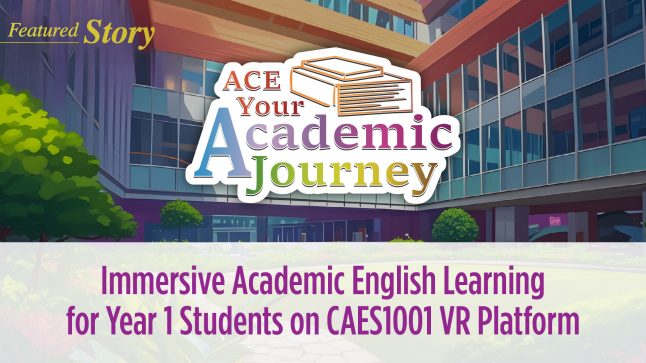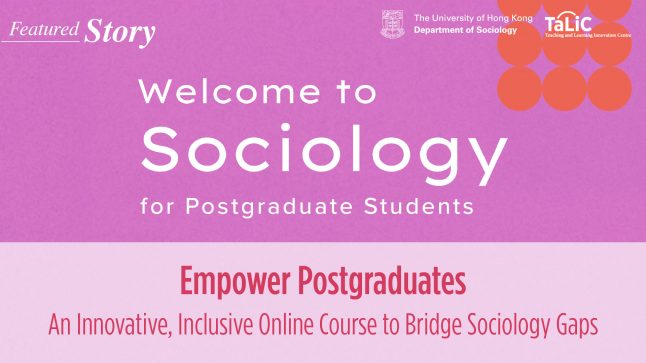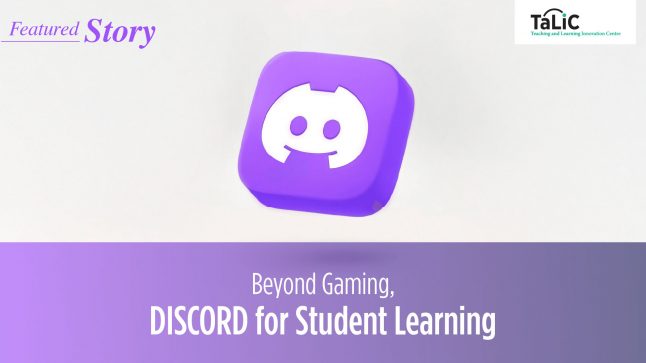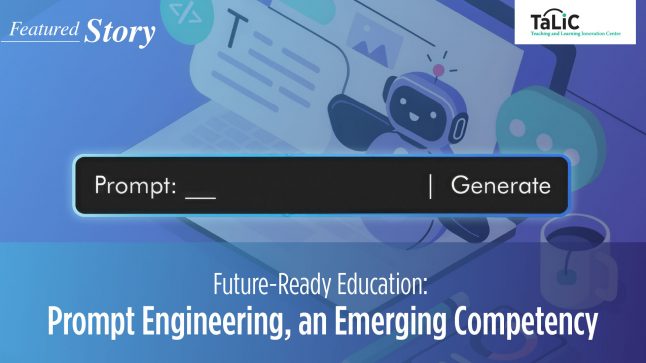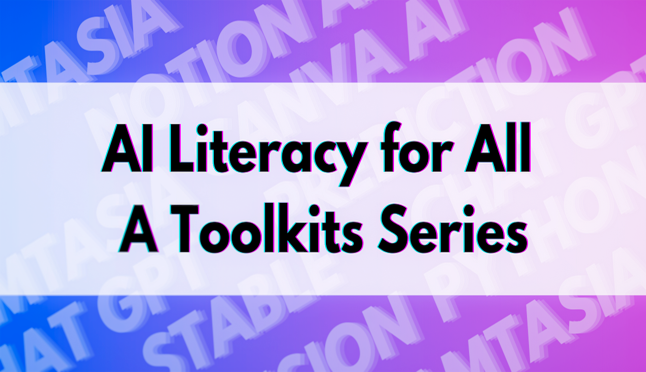Dr. Masato Kajimoto’s MOOC HKU04x Making Sense of News is not only a treasure to anyone who is interested in Journalism; the fact that it is so successful also makes it a prized specimen for researchers, data analysts and online course developers alike.

On October 8, 2015, Dr. Masato Kajimoto was invited to discuss the findings on data analysis of his course and the next steps forward. The learning experience was designed to structure around short videos of lectures and key lesson summaries, supplemented by interactivity and forum discussions which were initially considered crucial by Dr. Kajimoto and his team. By the end of the course, details of student demographics, their behaviors (e.g., clicking and seeking) and performance were studied and surprisingly, the findings were contradictory to the team’s presumption. It was found that students who performed best in assignments did not have high engagement in forums, probably meaning that they did not require much peer assistance in understanding the contents.

The MOOC is currently being incorporated into an on-campus equivalent course, allowing undergraduate students to take the lectures online in alternative weeks. Dr. Kajimoto is planning to compare the performance of on-campus students and MOOC takers by giving identical quizzes. Although the findings will not come until the end of the semester, certain other benefits of flipped classes can already be seen. Dr. Kajimoto explained, “when the course [lecture] is online… they have to discuss the exercise [in tutorials]; they have to show the exercise to other students… I’m seeing better and deeper discussions among the students…”
The seminar ended with the promise to bring Dr. Kajimoto back at the end of the semester to share how the flipped classes worked.


